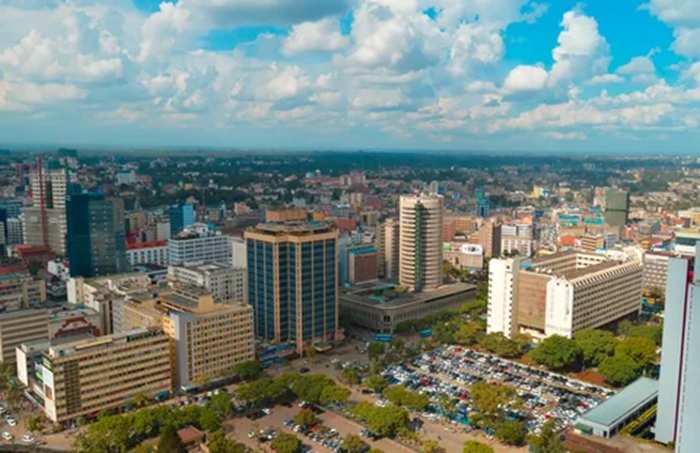As is often the case with African megacities, Nairobi is a city of contrasts. In some areas, across the street from each other live people earning $200 and $1,000 a month – both of whom would be considered middle class by national statistics.
A block away, surrounded by standard five-story buildings, there are skyscrapers, often rented to wealthy expats employed by international corporations or in the development aid sector.
The “wealthy” residential complexes (“plots”) are fenced off from the outside world by high walls and electric tripwires, creating the impression of a besieged fortress (or, as urbanists say, “gated communities”). This is dictated by security concerns, and during elections Nairobi is known for its tectonic political unrest.
At the same time, if you are lucky enough to find yourself on the other side of the wall, the guest will be greeted by the greenery and cleanliness of a well-kept neighboring plot a-la bourgois, within the boundaries of which many people know each other and visit each other.
The contrasts do not end there. Nairobi is one of the most diverse cities in East Africa in terms of ethnicity, nationality, religion and culture. Representatives of more than 40 tribes of Kenya come to the capital from all provinces, the most numerous of which are the Kikuyu and Luya (together they make up only about 36% of the country’s population). People are looking for work, opportunities to start and expand a business, and also for education. The capital is also home to a significant number of migrants from Somalia, South Sudan and Tanzania.
Nairobi has quite a few Christian churches (their architecture is somewhat reminiscent of early Soviet constructivism), but also mosques (their presence is marked by the call to prayer “aazaan” in the morning, twice in the afternoon and in the evening) and Hindu temples (ethnic Indians have settled in Kenya since the construction of the Mombasa-Nairobi railway).
Nairobi is also home to a large number of expats from Europe, North and South America, and Asia. Despite the city’s cosmopolitan nature, representatives of the white race are subject to close scrutiny and excessive attention from the local population, sometimes leading to unwanted physical contact.
Nairobi is not the most pleasant city for pedestrians: there are few traffic lights or any semblance of a sidewalk. Cyclists also have a hard time: most often they have to ride on the roadway, which is very unsafe in Nairobi. Cycle paths are a great luxury and are available only in some areas, for example, near the UN office.
The main form of transport for locals is boda-boda motorcycles and the famous matatu (private minibuses), whose owners compete with each other for the title of the loudest and brightest. Uber and alternative apps work well in the city.

